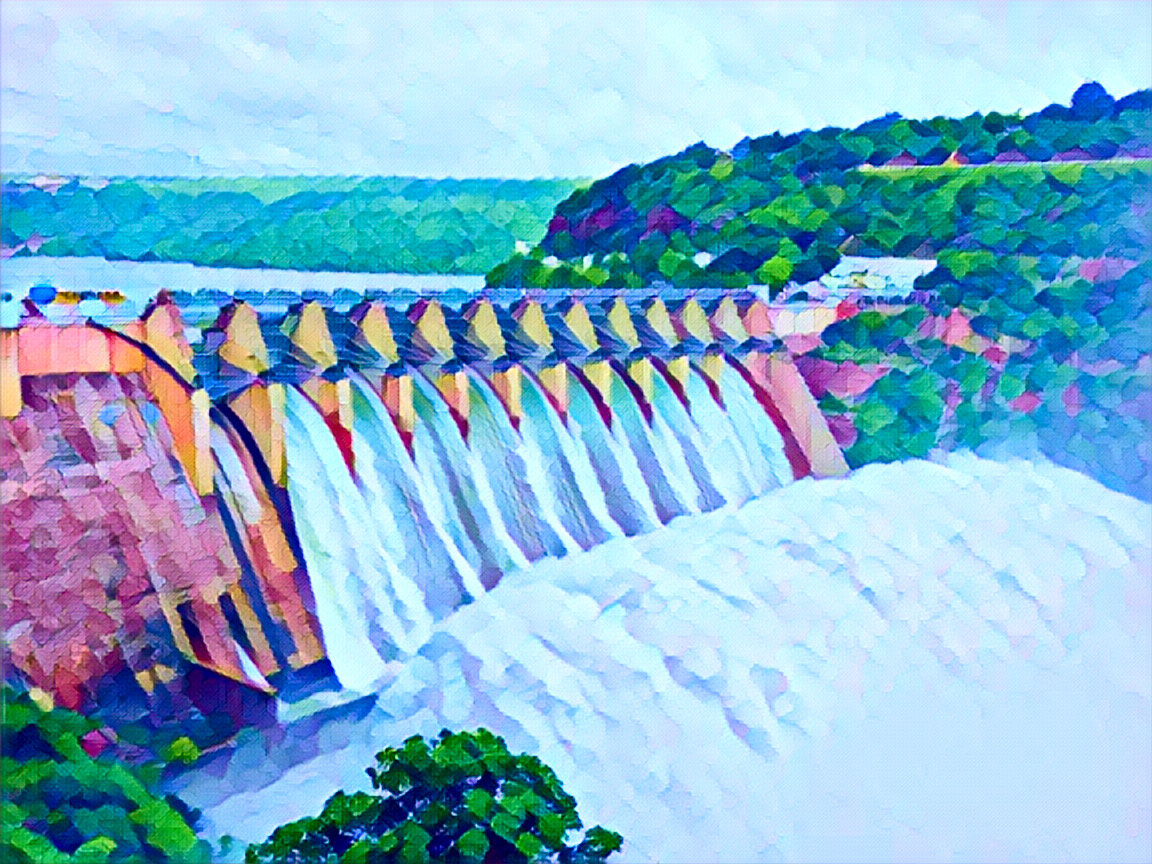KEY POINTS
- NIHSA has ascertained the slow opening of the water gates of the Lagdo Dam for the purpose of avoiding floods.
- Adamawa and Kogi and other state along River Benue should therefore continue to be cautious.
- NIHSA wants to assure the public that major flooding across the country is not likely to happen but is vital to stress on preparedness all the same.
NIHSA has confirmed that they have gradually released water from the Lagdo Dam so as to avert the flood.
NIHSA has warned people the controlled opening of the Lagdo Dam in Cameroon to release water to its reservoir and in doing so stated that this process will be done slowly in a bid to avoid proposing erosion and major floods in downstream part of Nigeria.
In a statement by NIHSA Director General Umar Mohammed it was established that the water release was to start on September 17, 2024 in what was controlled at 100m³/s (8, 640,000m³/day), this could however be raised to 1000m³/s within the next week depending on the inflows from the Garoua River.
Mr Mohammed pointed out that although the occurrence of extensive flooding is not envisaged, the states in the flooding prone River Benue basin especially Adamawa, Taraba, Kogi, Benue, Anambra, Bayelsa, and Rivers should continue with caution.
According to Vanguard, ‘There is no cause for alarm, but one should be prepared enough in order to establish precautionary measures to prevent worst from happening,’ Mohammed said.
NIHSA wants states to be alert as water release goes on
NIHSA explained that it will gradually release the water in a move that will not out do the capacity of River Benue hence the downstream floods risks.
Nonetheless, the management recommends that states in the path of the river increase their guard and ensure that they have measures to deal with the floods.
The agency will be in a position to continually check the water levels and also issue the report frequently so as to avert any floods.
The release will go on with this level of control while NIHSA keeps on updating the Lagdo Dam management on the amount of water that will be flowing in the river as well as the threats posed by floods.
Local government of areas that may be affected is encouraged to plan and take all the necessary action that would be needed so that hazards such as high water levels can be avoided.


